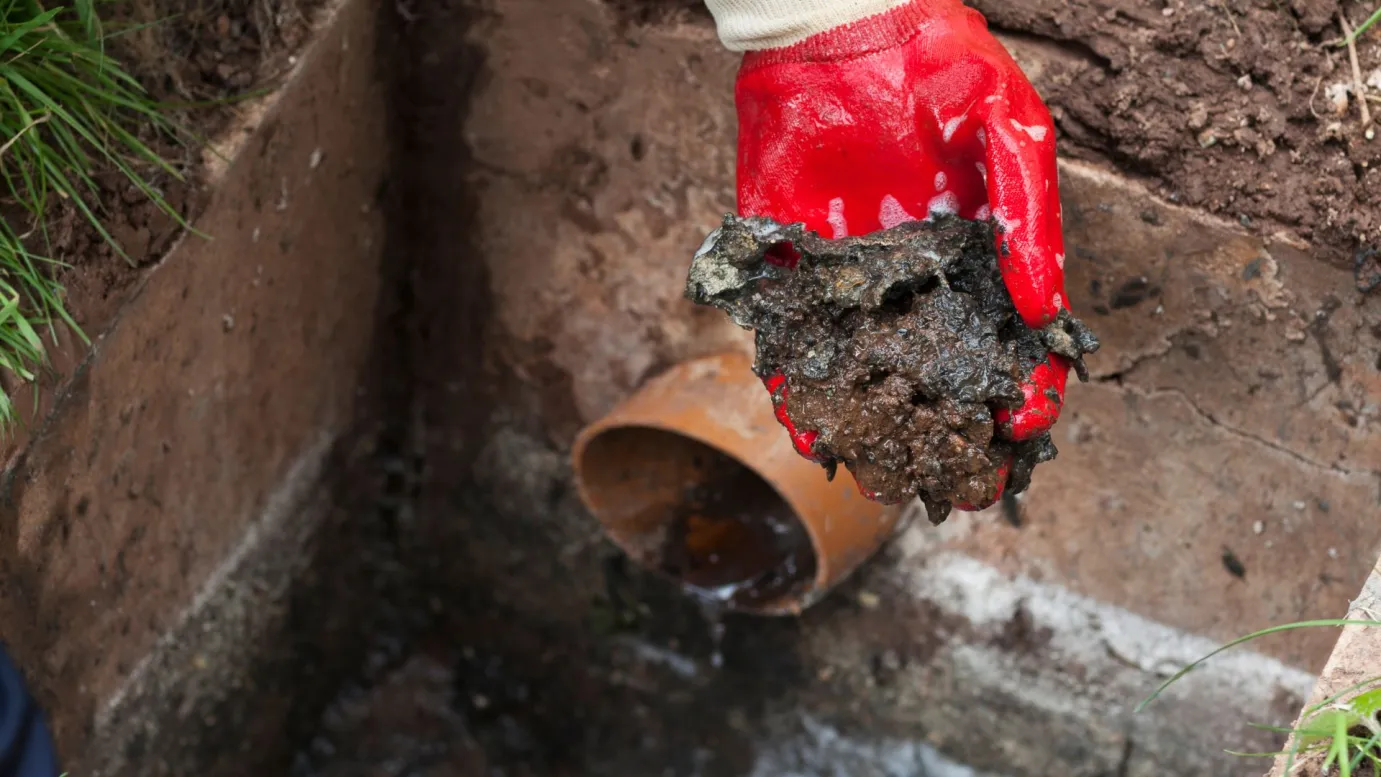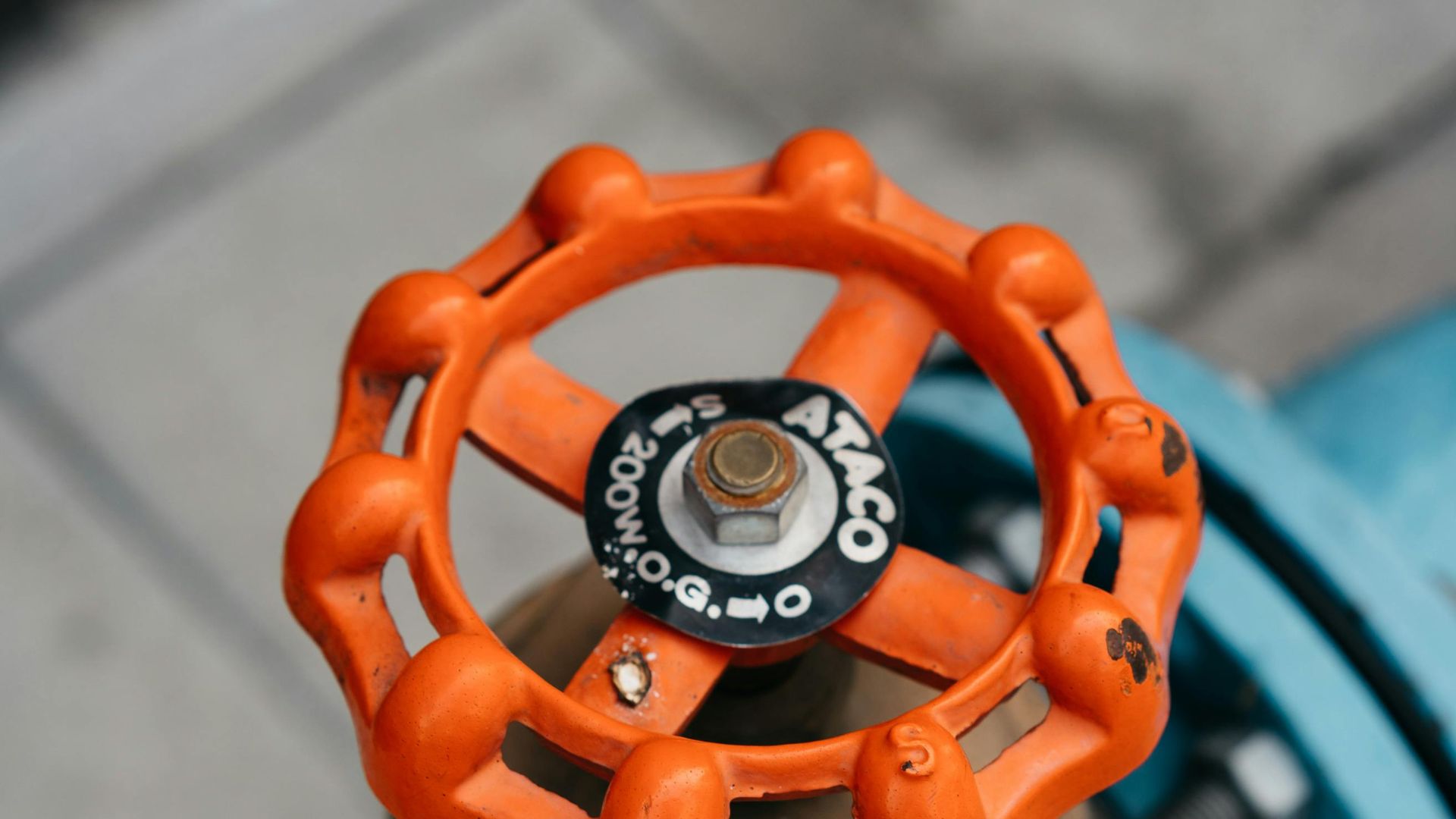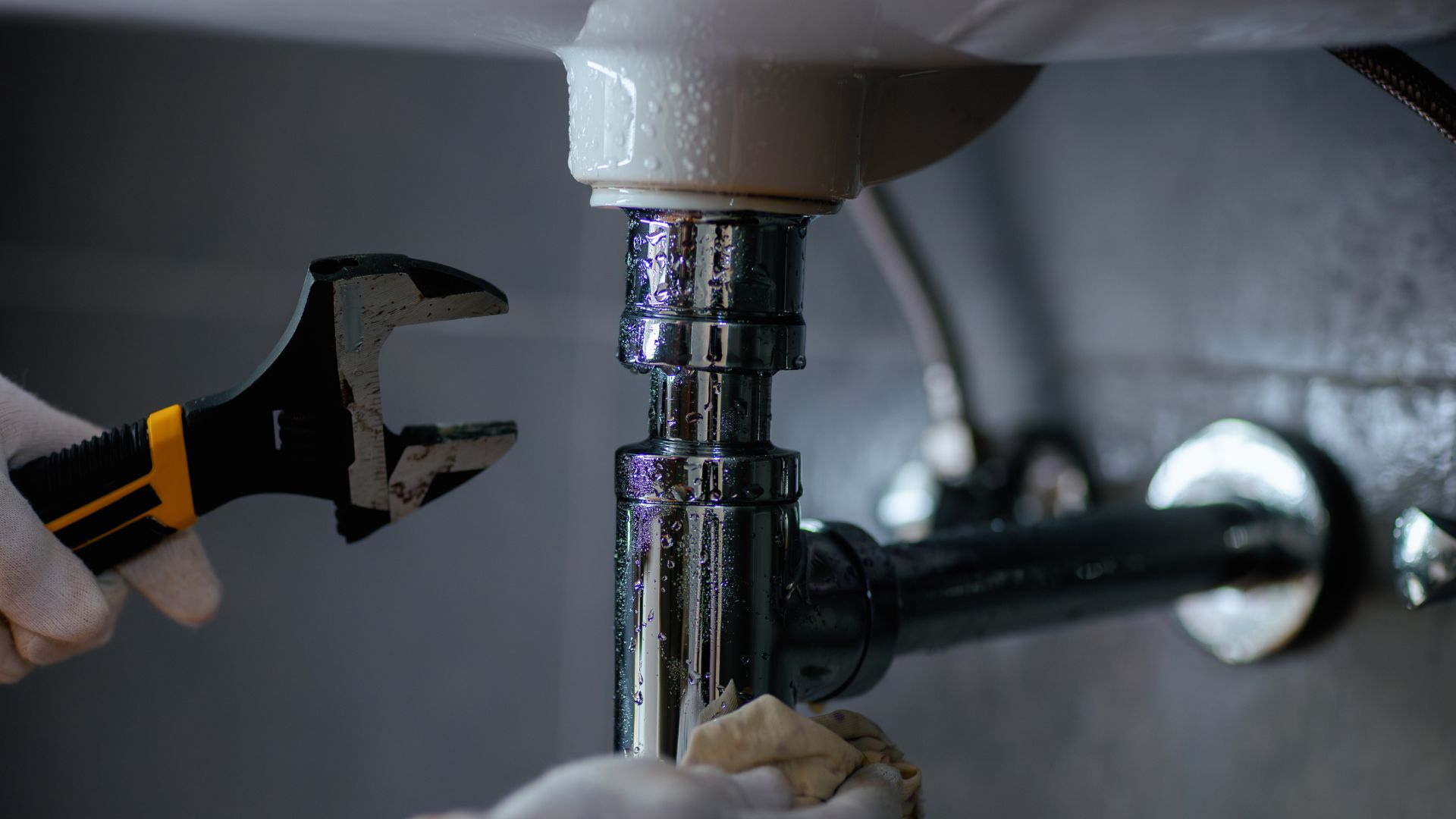Leaving water leaks unchecked at home can lead to big, expensive problems. Spotting leaks early is key to avoiding this. Typical signs you’re dealing with a water leak include higher-than-usual water bills, damp or stained spots on your walls or ceilings, and hearing water running when everything’s switched off.
Ignoring water leaks can lead to structural damage, nasty mould, and wear down your home’s materials, which can result in costly repairs and health issues. Tackling leaks as soon as they appear keeps your home in shape and maintains a healthy environment.
Signs You Might Have a Water Leak
If you notice damp patches, mould growth, or an unusual spike in your water bill, you might have a water leak. Look for visible leaks around plumbing fixtures and check for leaks in less obvious places. A musty odour, the sound of running water when no taps are on, or a running toilet can indicate a hidden leak. Conduct a leak test by monitoring your water meter; if the red numbers move without any water use, there’s likely a concealed leak. Leaking hot water pipes or pooling water around the house are warning signs.
For a quick leak check, add a few drops of food colouring to your toilet cistern. If the colour appears in the bowl without flushing, there’s a leak. I gnoring dripping taps and toilet leaks can lead to serious damage, so it’s best to fix them quickly.
Licensed plumbers can perform leak detection and repair services to save water and money. Always inspect your hot water systems, water pipes, and fittings for any signs of leaks. Use a smart meter for accurate leak testing and note any discrepancies in your water usage.
It’s smart for property owners to stay on top of leak detection to avoid major issues with their water systems and property. Acting fast can save a bundle on repairs and lower water loss.
Preparing for a Water Leak Test
To prepare for a water leak test, gather necessary tools and materials such as a water meter, food colouring, and basic plumbing tools. Start by using the water meter to check for leaks in your property. If the meter indicates water usage when no water is being used, you might have a concealed leak.
As mentioned, apply food colouring in the toilet cistern to detect leaks in the toilet bowl. Dry toilet paper can help identify water leaking from plumbing fixtures or hot water pipes. When inspecting the hot water system, ensure all connections are secure to avoid potential leaks.
Safety first: make sure to gear up with protective equipment while testing for leaks. A bit of plumbing know-how goes a long way, but if you’re uncertain, it’s wise to hire a professional plumber to fix the leak right. Pros can tackle hidden leaks and keep your water system running smoothly. Keep an eye out for leaks to safeguard your system and save on hefty repair bills.
Step-by-Step Guide to Conducting a Water Leak Test
1. Check the Water Meter
Begin by locating your water meter, typically found near the water line entering your property. Ensure all water sources, including taps and appliances, are turned off. Take a reading from the meter, noting the position of the red numbers. Wait for at least an hour without using any water. After the set period, take another reading. If the numbers have changed, there may be a leak within your water network. This leak check can help identify if there is a need to inspect your water supply further for hidden issues.
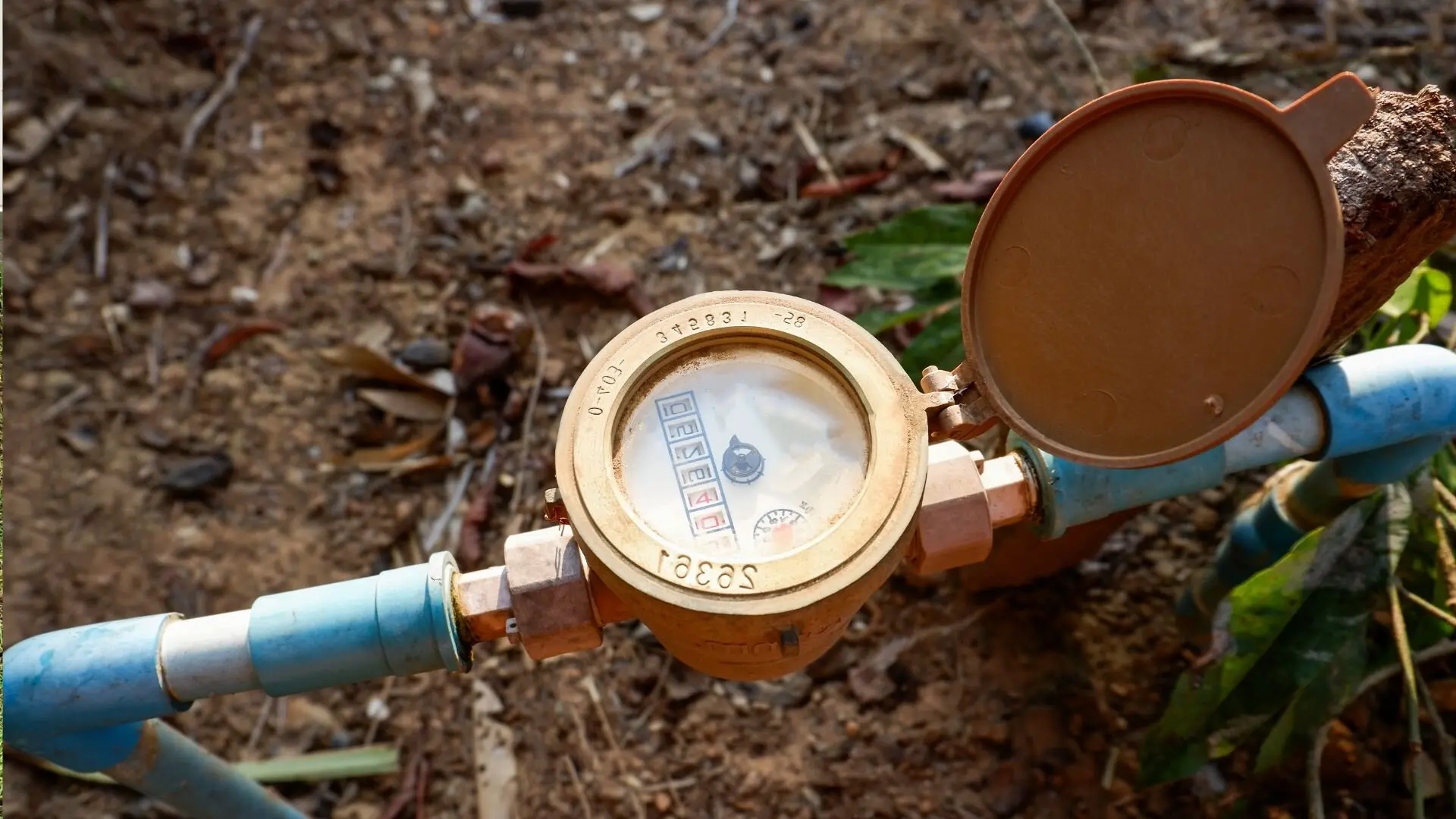
2. Inspect Visible Pipes and Fixtures
Next, examine all visible pipes and plumbing fixtures. Check under sinks, around toilets, and along exposed hot water pipes. Look for signs of leaks such as corrosion, moisture, wet patches, and mould. Pay close attention to the connections in your water supply system. If you notice any issues, it is important to address them promptly. In some cases, a licensed plumber may be necessary to perform a thorough leak check and ensure that your water network remains secure.
3. Use the Food Colouring Test for Toilets
Detect leaks in toilets with a bit of food colouring. Just drop a few into the tank and wait 30 minutes. If the colour shows up in the bowl without flushing, you’ve got a leak in the cistern. This little trick can catch hidden water loss that might slip by unnoticed. Regularly doing this test helps save water and keeps your water meter readings in check.
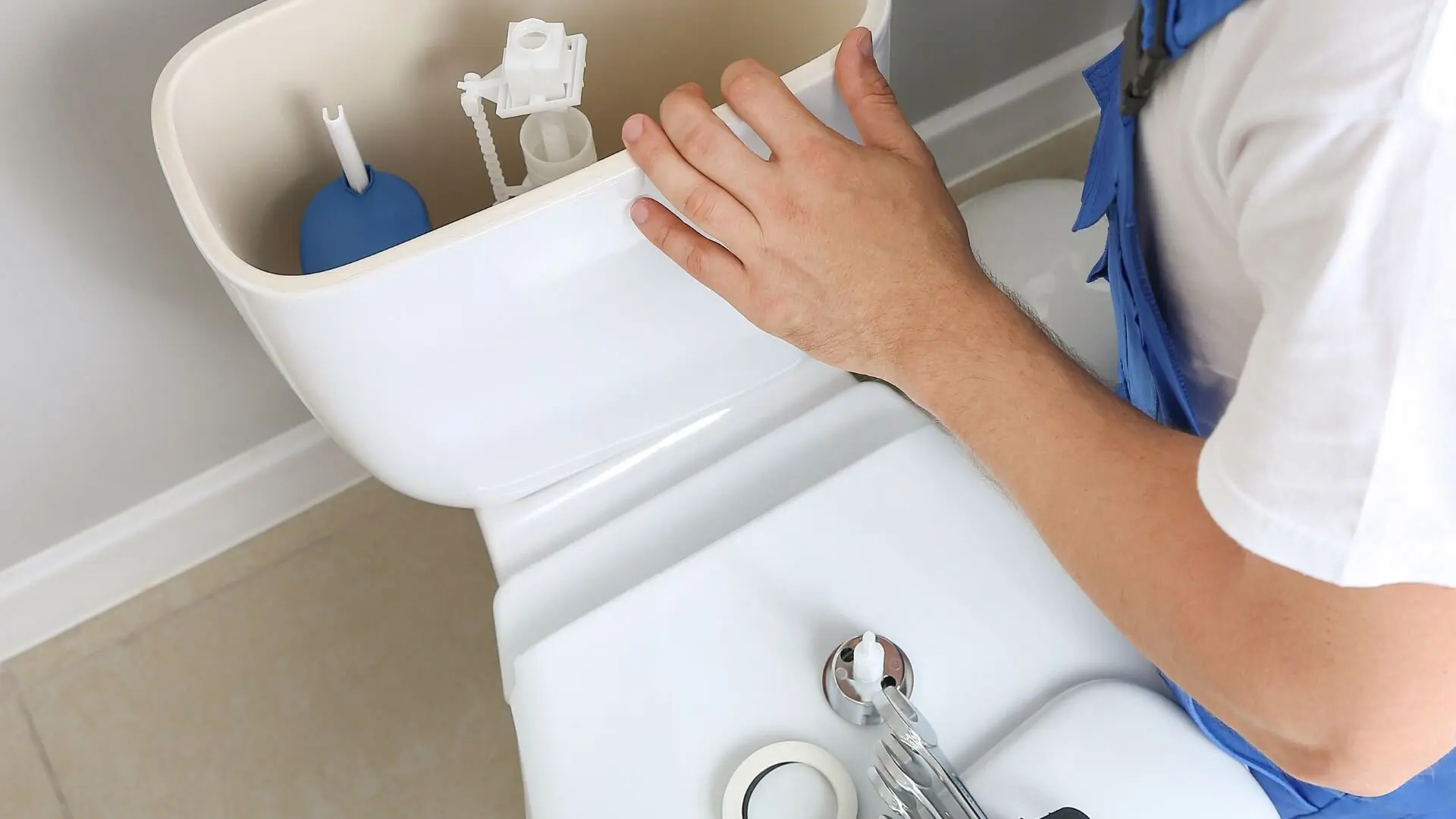
4. Conduct a Dye Test on Faucets
To check for leaks around faucets, similar to toilet leak tests, place dye or food colouring around the base of each faucet. After a short period, examine the area for any colour seepage. If you notice any coloured water, there is likely a leak at the base of the faucet. This method is effective for identifying leaks that might not be immediately visible.
Regularly performing this leak check can help maintain the integrity of your plumbing fixtures and prevent water wastage. For persistent issues, contacting a licensed plumber is recommended to ensure a thorough inspection and repair.
What to Do If You Find a Leak
If you find a leak, start with temporary fixes to mitigate immediate damage. For instance, use a pipe clamp on a leaking hot water pipe or sealant around taps. Turn off the stop tap to halt water flow from the water main and water line. Use buckets to catch dripping water and protect walls and floors.
Significant leaks require professional plumbing services to ensure proper repair. Addressing leaks promptly is crucial to avoid extensive damage and save money on potential future repairs. Regularly monitor water meters for unusual water use to detect leaks early and keep your house safe.
Preventative Measures to Avoid Future Leaks
Regular inspection of pipes and fixtures can prevent leaks. Check under sinks, around the dishwasher, and along water lines for any signs of leaks. Install water leak detectors to alert you to hidden leaks before they cause significant damage. Encourage routine maintenance, such as tightening hoses and replacing worn-out seals, to prevent leaks. Flush your water system periodically to remove any build-up that could cause blockages.
Customers should locate their water meters and monitor them regularly. Prompt repairs can prevent extensive damage and reduce unnecessary water use, ultimately saving money and maintaining the integrity of your plumbing system.
Protect Your Home from Water Damage Today!
Regular water leak tests in your home offer numerous benefits, such as early detection of leaks, which can prevent costly damage to your property. By regularly monitoring your water meter, inspecting visible pipes, and using simple tests like food colouring for your toilet cistern, you can identify leaks before they escalate. Proactive measures like these help save water, reduce your water bill, and maintain the integrity of your home’s plumbing system. Ensuring that your pipes and fixtures are in good condition protects your investment and provides peace of mind.
It is crucial to take proactive steps to safeguard your home from water leaks. Routine inspections and timely repairs can prevent extensive damage to your walls, floors, and foundation. Installing water leak detectors and regularly checking your plumbing fixtures are simple yet effective strategies to maintain a leak-free home. If you encounter significant leaks or need professional assistance, contact Fixed Today for their expert leak detection services. Their experienced team can handle all your plumbing needs, ensuring your home remains safe and leak-free.

